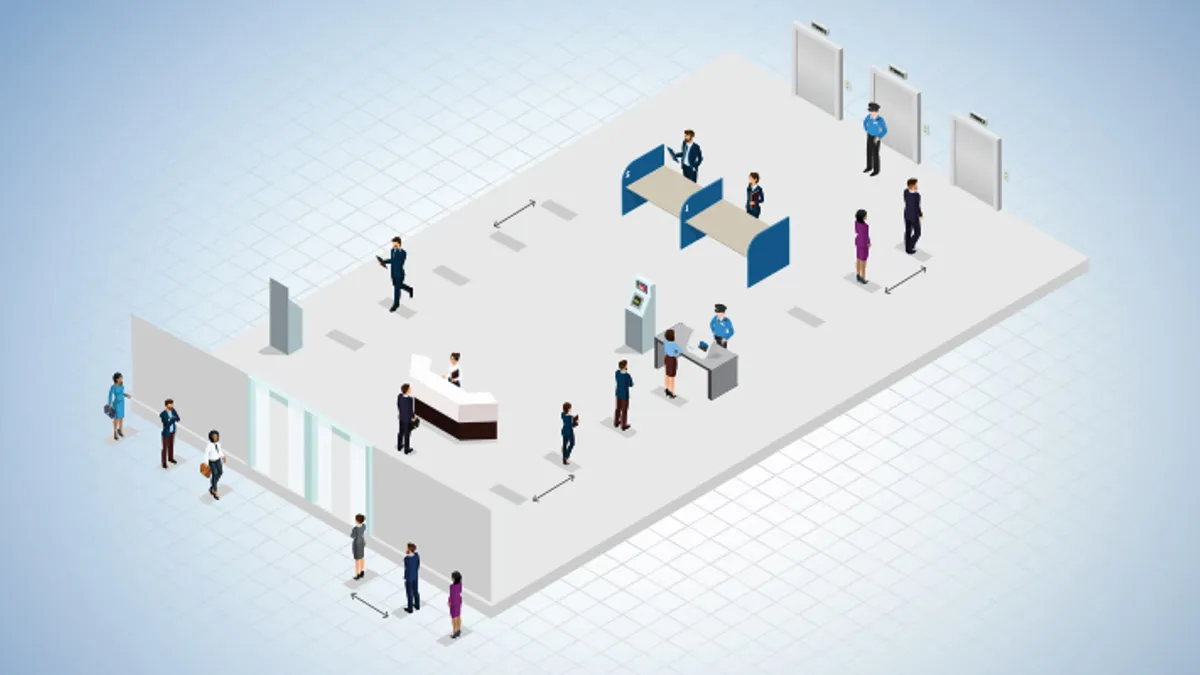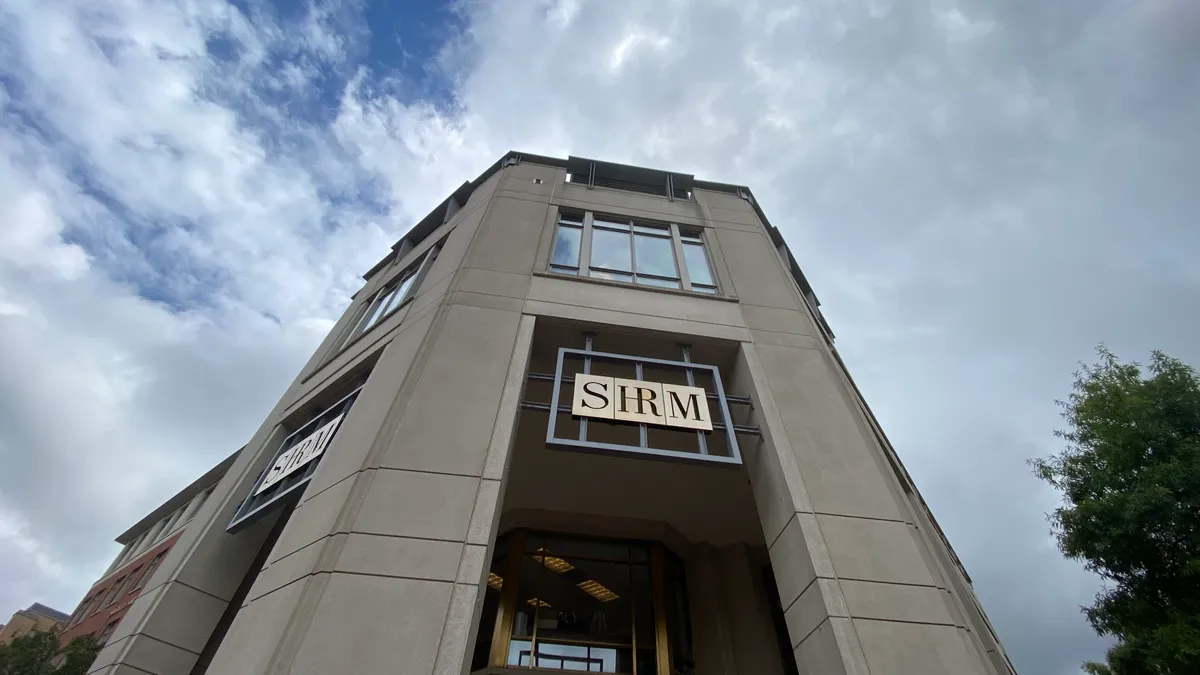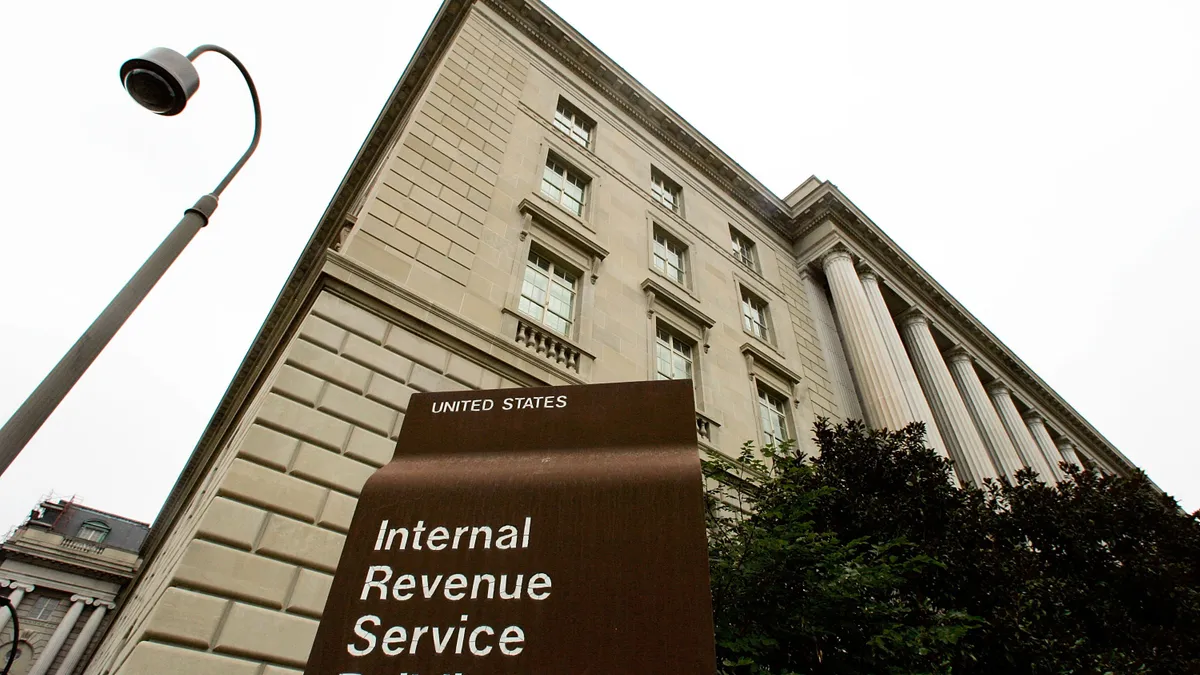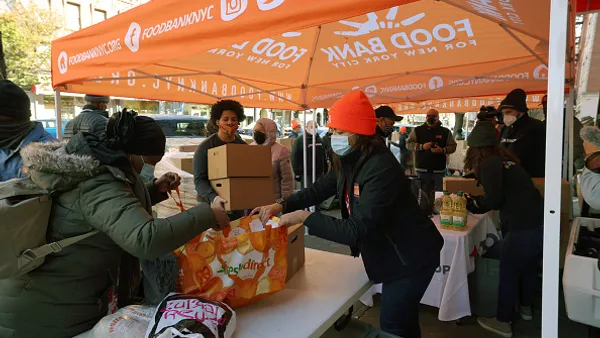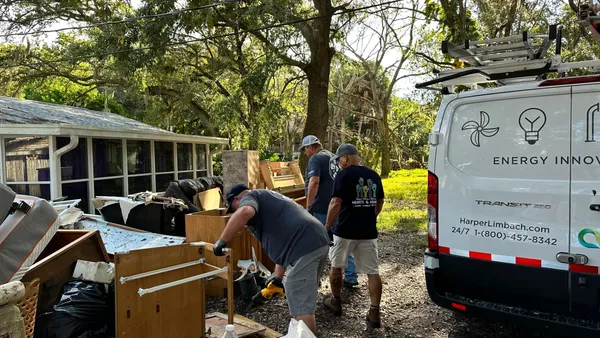The Coronavirus has bucked all the social norms, making maintaining a six-foot distance from others and masking our faces the new way of life. So, as we prepare to start anew with the slow but steady reopening of our country, we must also prepare to adhere to these new norms in both our personal and professional lives.
Creating safe workplaces that employees can return to confidently is a daunting task. Much of this burden falls on employers in general and their Human Resources in particular. On top of establishing a response plan, refining policies, ensuring compliance with state and federal laws, employers and HR teams must also stay mindful of their fundamental responsibilities to provide a place of employment free from recognized hazards that cause or are likely to cause death or serious physical harm.¹
As we’ve battled this pandemic, a variety of screening procedures have been proposed and adopted that can help reduce the risk of individuals bringing the virus into a location such as daily symptom questioning, temperature testing, thermal imaging and soon, as availability increases, potential on-site virus testing. These are all viable, although disjointed, options for increased employee safety.
But how can you operationalize this testing to record and physically enforce daily test results to grant or prevent entry into your workplace? What if an infected person, who exhibits no symptoms during tests, is later found to have Covid 19 – how do you know when they were present and who they may have also infected? It’s a lot for employers and HR teams to take in. This is unchartered territory for most, and most are not, nor expected to be, security experts.
To address this challenging situation, Kastle Systems, the largest managed security services provider to commercial businesses, has developed an innovative solution, KastleSafeSpaces, that employs touchless physical access control, video analytics technology and thermal imaging to integrate with virus-screening and contact tracing processes to enable administrators to confidently rollout a safe return to the office.
Kastle has combined its advanced technology and decades of security experience (its systems installed in more than 3,600 buildings and 41,000 businesses across 47 states) with best practices around managing the novel Coronavirus to create this blueprint for re-opening offices.
KastleSafeSpaces configures Kastle Access Control systems to integrate with the various mainstream coronavirus testing methods so that daily test results, positive or negative, are implemented instantly into physical access rights at the credential level for the individual on that day. If an individual tests positive for potential symptoms, access rights will not be granted to the credential associated with that identity. Simply stated, safe workers are allowed in, potentially unsafe workers are not. (To receive receiving the full white paper on Ensuring a Safe Re-Entry for Your Workplace, click here.)
More broadly, Kastle's approach focuses on integrating technology with new processes to immediately accelerate four major shifts happening within buildings. The combined pillars of safety and security, much of which is available in current building security systems but not fully activated, include:
SHIFT ONE: EVERYTHING IS TOUCHLESS
Touchless controls and an integrated app on smartphones will be the new standard throughout office buildings. New KastleSafeSpaces technologies will enable wireless, hands-free door opening, turnstiles, elevators, security card readers, visitor kiosks and parking ticket vending machines.
SHIFT TWO: SCREEN IN AND SCREENOUT
KastleSafeSpaces facilitates daily screenings of employees, vendors and visitors making it commonplace and fully integrated with the security access control system to screen out people presenting with symptoms or known to be infected. As the availability of testing increases, those carrying antibodies or testing negative for the virus will screen in and be allowed access. Lobbies will start to resemble airports with testing stations, screening queues, speed lanes, designated check in times and self-check kiosks. Kastle Systems will work closely with human resources departments to protect the privacy of all tenants and workers within a building.
SHIFT THREE: OCCUPANCY MONITORING FOR CONTACT TRACING
KastleSafeSpaces can utilize existing access control systems as a powerful tool to make contact tracing as simple as possible by mandating credential use for both entry and exit traffic for buildings, floors, tenant office suites and common areas at all times. Proximity data can be supplemented by intelligent video technology to investigate close personal contact for more detailed tracking. If an employee tests positive for Covid-19, people who are impacted can be easily notified through the Kastle app.
SHIFT FOUR: SOCIAL DISTANCING
KastleSafeSpaces will use data and technology-led reminders to monitor and manage real-time space occupancy, supplementing physical guides to reinforce social distancing. Traffic flow should be in one direction wherever possible and new floor markings will not only indicate the flow of traffic but reinforce how far occupants should stand away from each other for maximum safety.
Real-time data reporting can provide notifications for issues such as exceeding floor-level occupancy, suggesting the need for greater social distancing if the number of people in a space is too high. Utilizing access control, Kastle will work with tenants to enforce staggered work schedules to minimize density
IN CLOSING
KastleSafeSpaces has been designed to be a modular solution – depending on each individual tenant office’s needs and requirements. Getting the economy – and workers – back up and running is paramount. But from an HR perspective, ensuring the health and safety of employees is even more important. Most workers want so much to come back to normal even within the parameters of this new normal. The KastleSafeSpaces solution is providing a safe and much more secure way to do that.
If you are interested in receiving the full white paper on Ensuring a Safe Re-Entry for Your Workplace, click here.
For more information about KastleSafeSpaces, KastleAccess or any of the other advanced security innovations from Kastle Systems, email us at [email protected] or visit https://www.kastle.com.
1. General Duty Clause of the Occupational Safety and Health Act (OSHA) of 1970, 29 U.S.C. § 654(a)(1).

